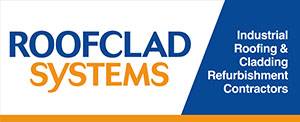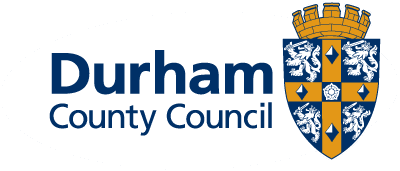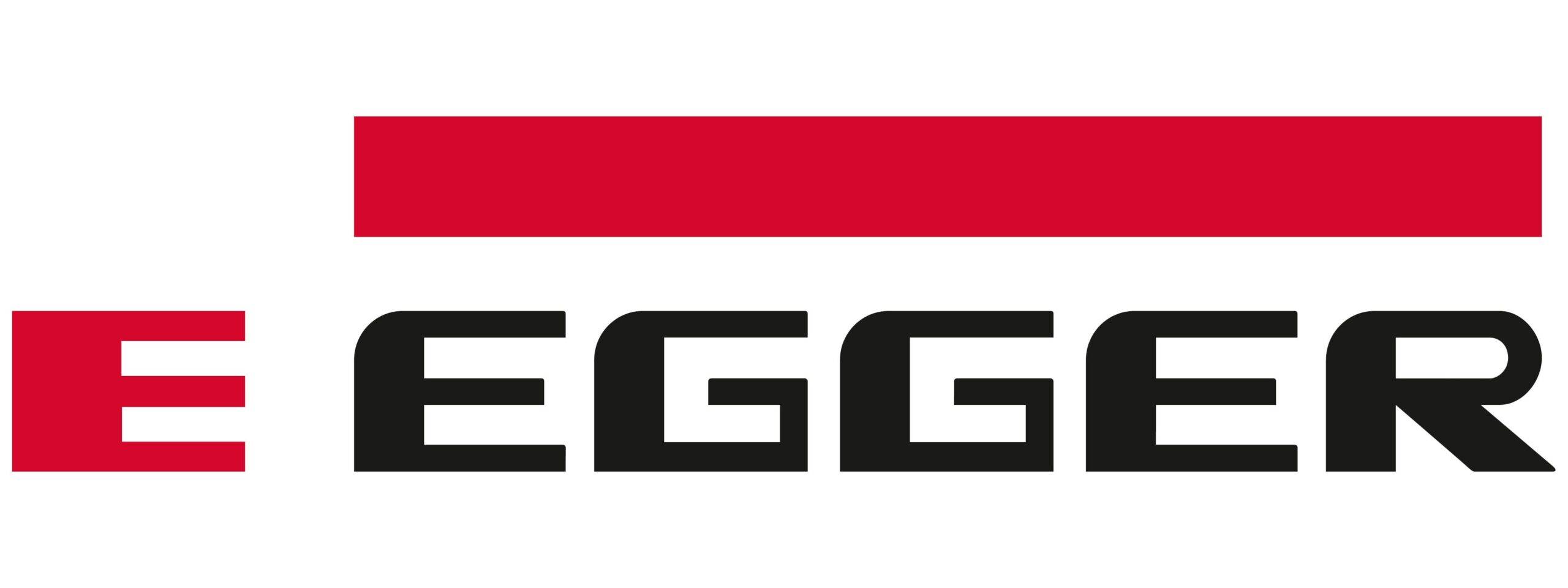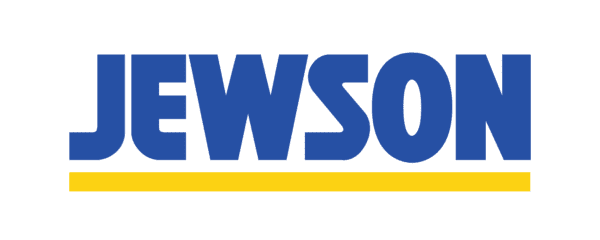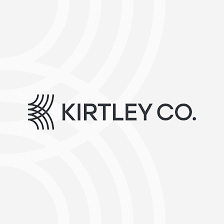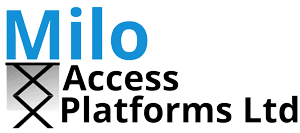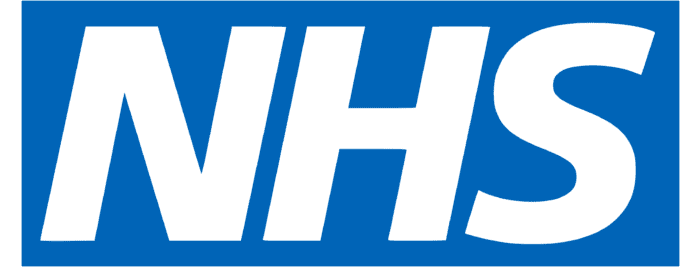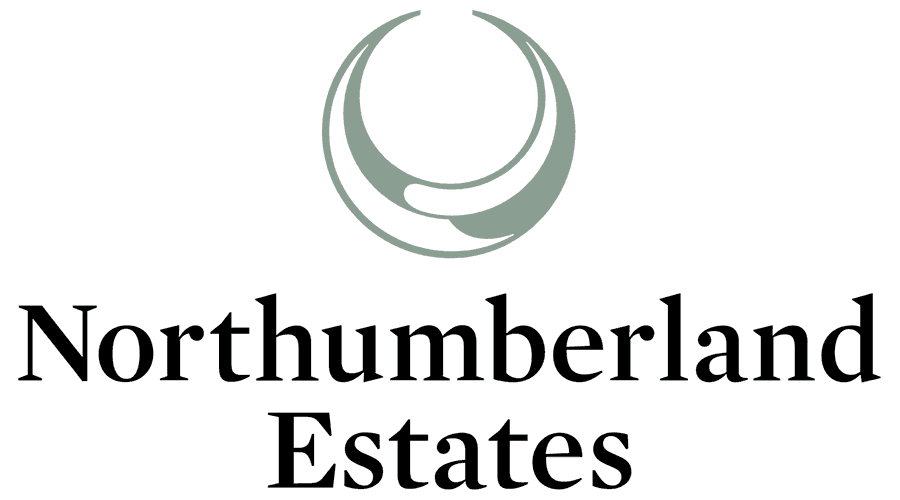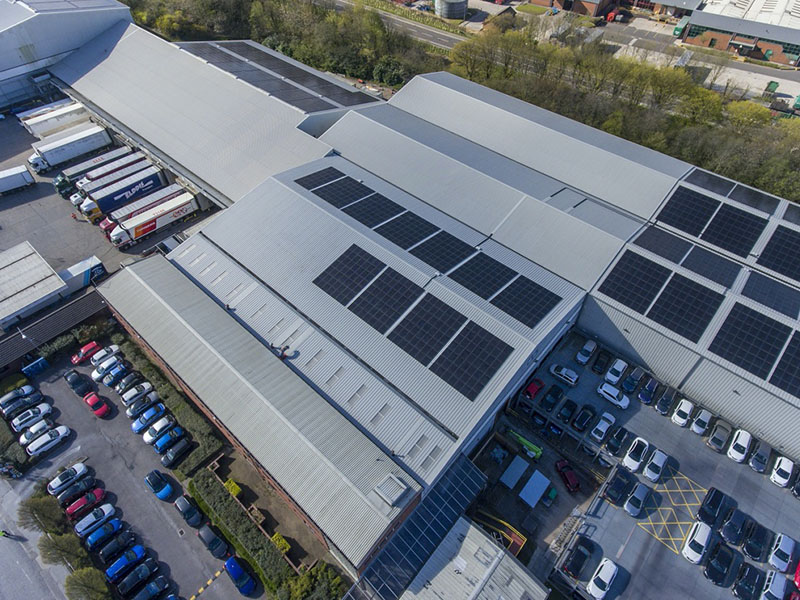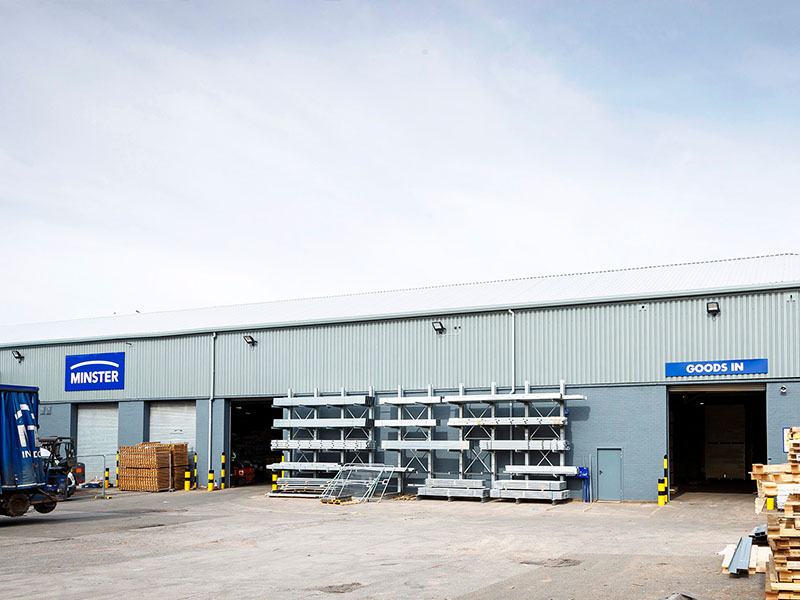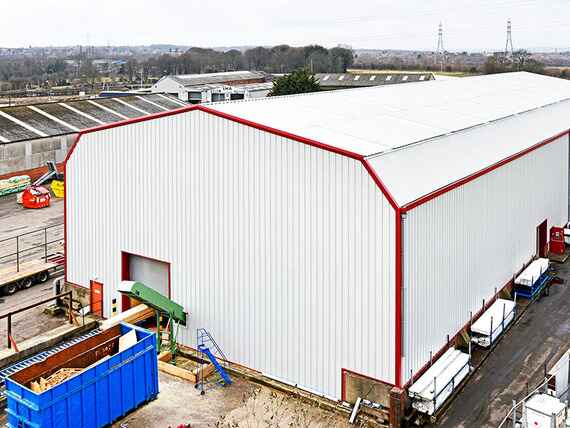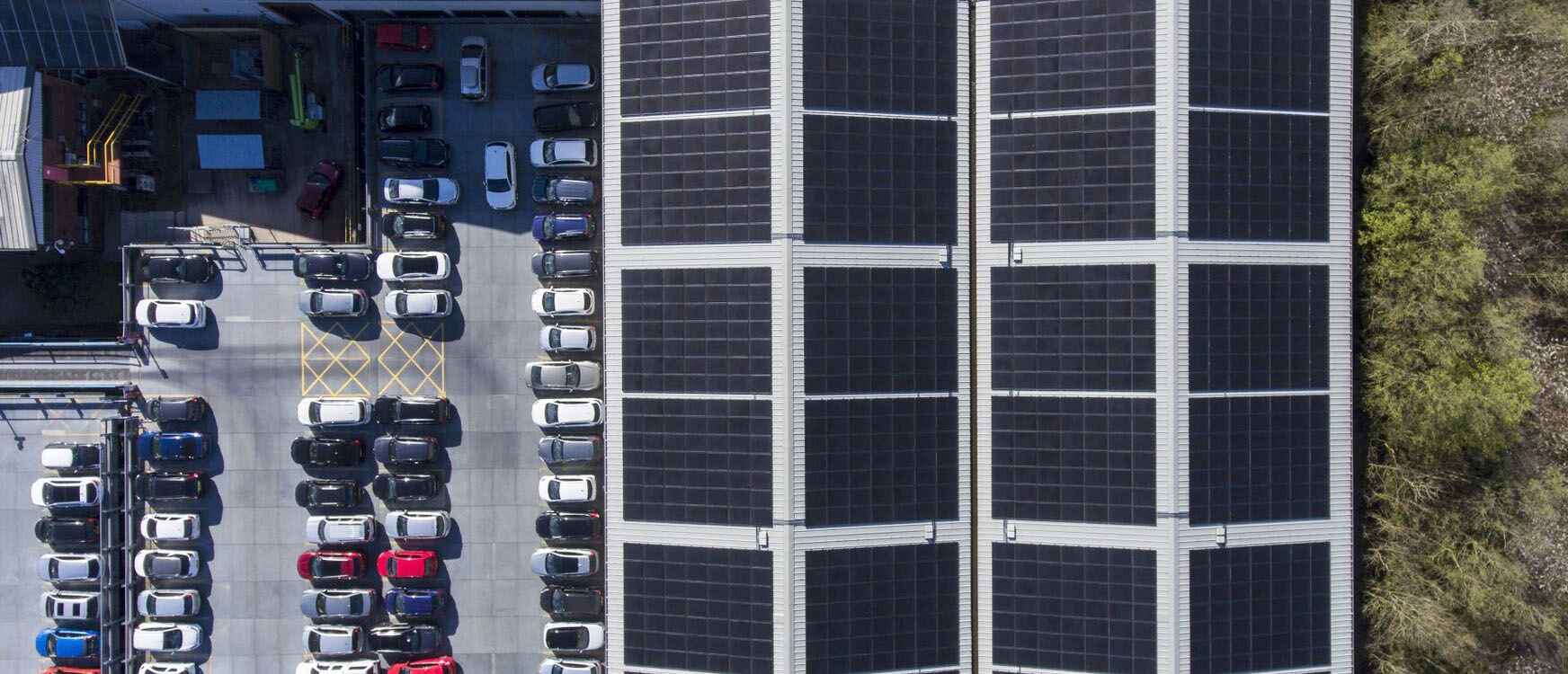
Specialist Drone Surveys
Roofclad Systems has embraced new technologies as they emerge and redefine the successful completion of a project.ROOF DRONE SURVEYS & AERIAL INSPECTIONS
Traditional methods of building and roof inspections can be time-consuming, logistically challenging, and not particularly cost-effective. Roofclad Systems are leaders in our industry using the latest technology to create efficient results and better services for our clients.
We can use drones for roof inspections that give us a birds-eye view of a property. The ability to carry out an aerial drone survey with detailed aerial footage and imagery enables us to provide a first-class service for our clients that gives them the best possible view of their building’s roofs.
WHAT ARE DRONE SURVEYS?
Traditionally, roof surveys are carried out by looking at sections of the roof either internally or externally. This method can provide a lot of information but doesn’t give a view of the roof as a whole. A drone roof inspection survey is conducted from an aerial viewpoint. Because the drone is the one in the air, surveys can be carried out from ground level, without any risk to the surveyor.
Drone roof surveys provide much more detailed information about the state of the roof that often doesn’t get picked up using traditional methods. Drone surveying as a roof inspection tool can collect an abudance of data including aerial photographs, which, like regular land-conducted surveys, help to identify any issues or areas of concern on the existing roof from the outset of a project. However, surveys that are done using a drone significantly reduce preparation time and can produce more accurate results, which helps improve the consistency and repeatability of roof surveys.
Our members of staff who operate the drone all carry a commercial PFCO Small Unmanned Aircraft licence to carry out the full roof survey.
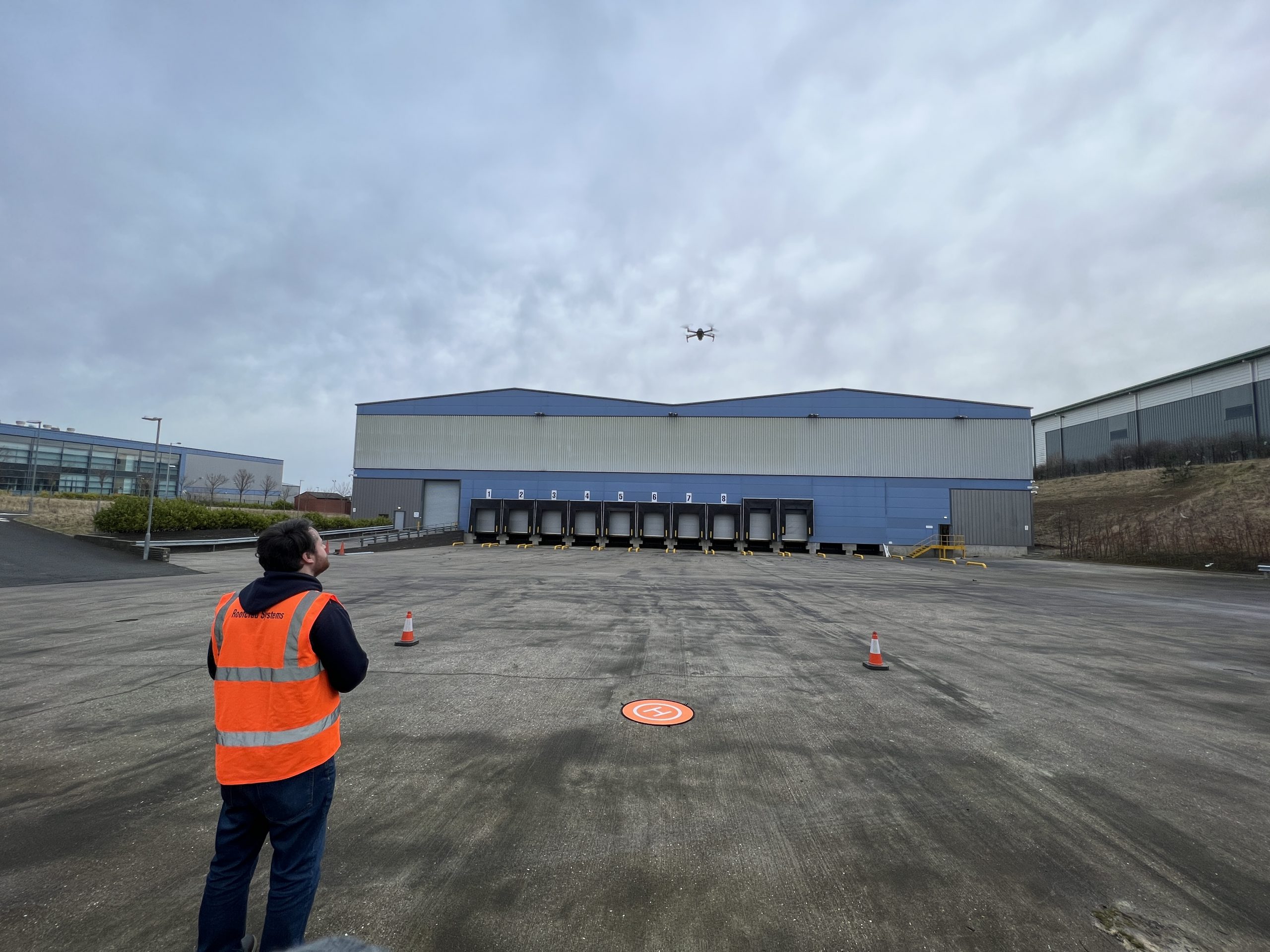
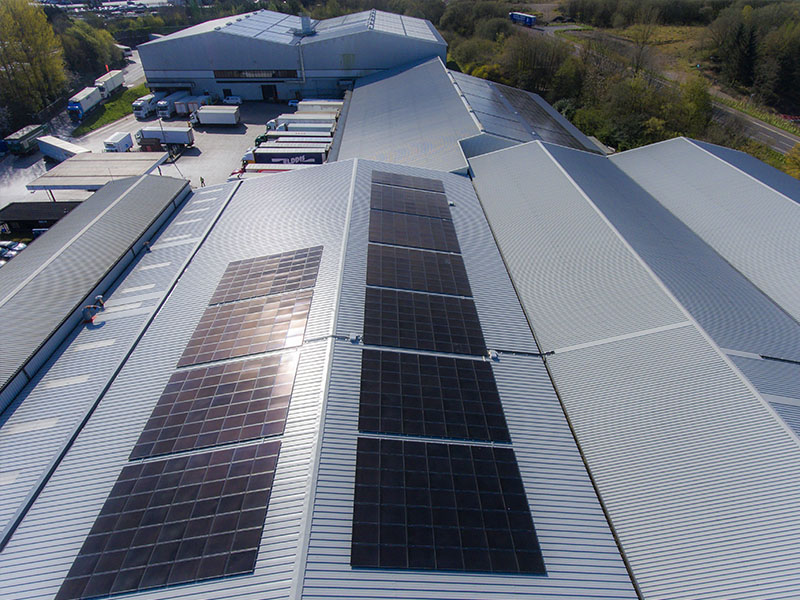
ROOF INSPECTIONS WITH DRONES
Technological advances allow us to carry out various aspects of building work better and more efficiently than before. Carrying out roof inspections using a drone means they can be done safely without the need for scaffolding or other equipment to be used that can be costly or time-consuming to set up. There’s no need for people to be off the ground, making them a safer option than traditional survey methods.
A well maintained commercial flat roof can last anywhere from 10-35 years
Easy maintenance
Provides easy access for maintenance and refurbishment works
Speak to one of our team today!
Contact Us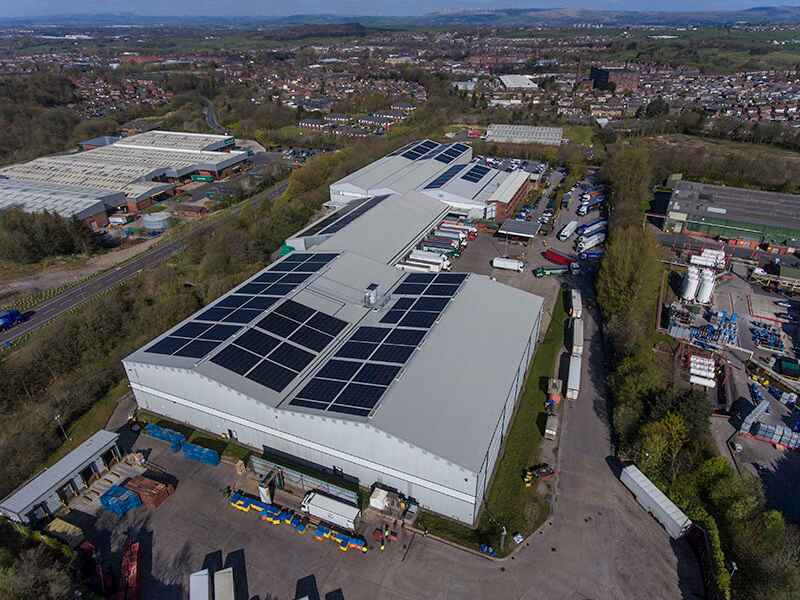
FAQ’s
Why Would I Need A Drone Survey?
A drone roof survey offers a much more efficient survey, collecting the same data whilst requiring less manpower and in a much shorter time frame. Aerial surveys allow the ability to inspect areas of the roof that would’ve been previously inaccessible, or difficult when using traditional land based surveying. Drone roof surveys are a great option for projects that require the inspection of structures that are either too hard or too expensive to reach by conventional means.
Drone technology has expanded into many avenues of construction in the last several years,as a multipurpose tool bringing new benefits and efficiencies. Surveying existing structures can now be done in quicker times, with a greater range, unconstrained by any access issues, reducing the number of hazards operatives are exposed to. Overall progress can be monitored more clearly as projects take shape over time.
New perspectives offered by our DJI MAvic 2 Pro and our DJI Mini 2 allow a range of imagery fromsite to be communicated to operatives on the ground in real time. Previously these views would require significant equipment hire, labour costs, health and safety risks and time. Roofclad Systems utilises evolving DJI drone technology to improve on all of that.
What Are The Benefits Of A Specialist Drone Survey?
Self-propelled drones can fly and get to places to give an aerial inspection that we simply cannot reach with a mechanical boom/cherry picker. Using them for roof inspections is particularly useful for identifying blocked gutters, hidden valley gutters and damaged roof sheets which are areas we wouldn’t be able to see using traditional roof survey methods. Drone roof surveys are a great option for projects involving structures that are either too hard or too expensive to reach by conventional means.
What Roof Survey Data Is Produced?
Aerial building inspections carried out by roof drone surveys can provide building owners with detailed imagery and footage of any potential roof maintenance or repair issues that need to be carried out. Alternatively, if the drone survey footage demonstrates enough damage or wear and tear, it can highlight the need for further roofing works carried out, such as roof cladding, or guttering.
How Long Does A Typical Aerial Roof Inspection Take?
The length of time it takes to survey a roof using traditional methods will vary depending on the size and condition of the roof, access and the nature of the building. Restricted access will mean it takes longer. If scaffolding or other equipment needs to be erected, that will obviously increase the amount of time it takes.
Some of these factors will affect the length of time it takes if a drone is used. But generally speaking, a drone roof survey will take minutes rather than hours.
